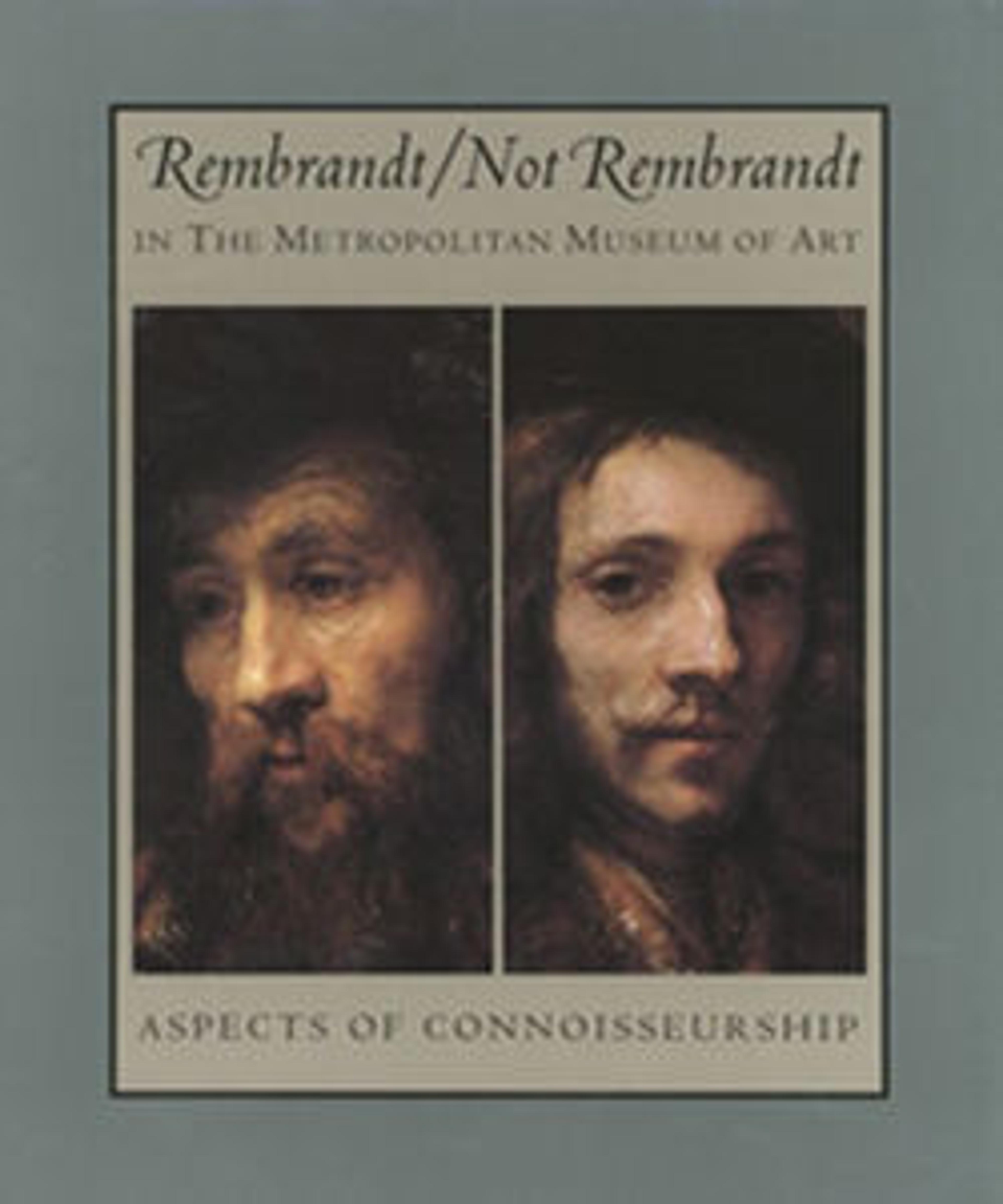The Entombment, after Mantegna
Rembrandt famously claimed that it was possible to learn about Italian art without ever leaving his native Holland. Prints, which are portable and relatively inexpensive, facilitated such study by disseminating art and innovation from different regions. The present drawing is an example of an artist from Rembrandt’s circle studying an engraving of Christ’s Entombment by Andrea Mantegna (see 37.42.30). The draftsman focused on the Italian master’s dynamic figures, such as the grief-stricken mourners in the foreground, and his characteristic diagonal hatching, leaving out other elements of the composition entirely.
Artwork Details
- Title:The Entombment, after Mantegna
- Artist:School of Rembrandt (Rembrandt van Rijn) (Dutch, Leiden 1606–1669 Amsterdam)
- Artist:After Andrea Mantegna (Italian, Isola di Carturo 1430/31–1506 Mantua)
- Former Attribution:Rembrandt (Rembrandt van Rijn) (Dutch, Leiden 1606–1669 Amsterdam)
- Date:17th century
- Medium:Pen and brown ink, brush and brown wash, over red chalk, heightened with white
- Dimensions:sheet: 10 1/2 x 15 3/8 in. (26.7 x 39 cm)
- Classification:Drawings
- Credit Line:Bequest of Walter C. Baker, 1971
- Object Number:1972.118.285
- Curatorial Department: Drawings and Prints
More Artwork
Research Resources
The Met provides unparalleled resources for research and welcomes an international community of students and scholars. The Met's Open Access API is where creators and researchers can connect to the The Met collection. Open Access data and public domain images are available for unrestricted commercial and noncommercial use without permission or fee.
To request images under copyright and other restrictions, please use this Image Request form.
Feedback
We continue to research and examine historical and cultural context for objects in The Met collection. If you have comments or questions about this object record, please contact us using the form below. The Museum looks forward to receiving your comments.
